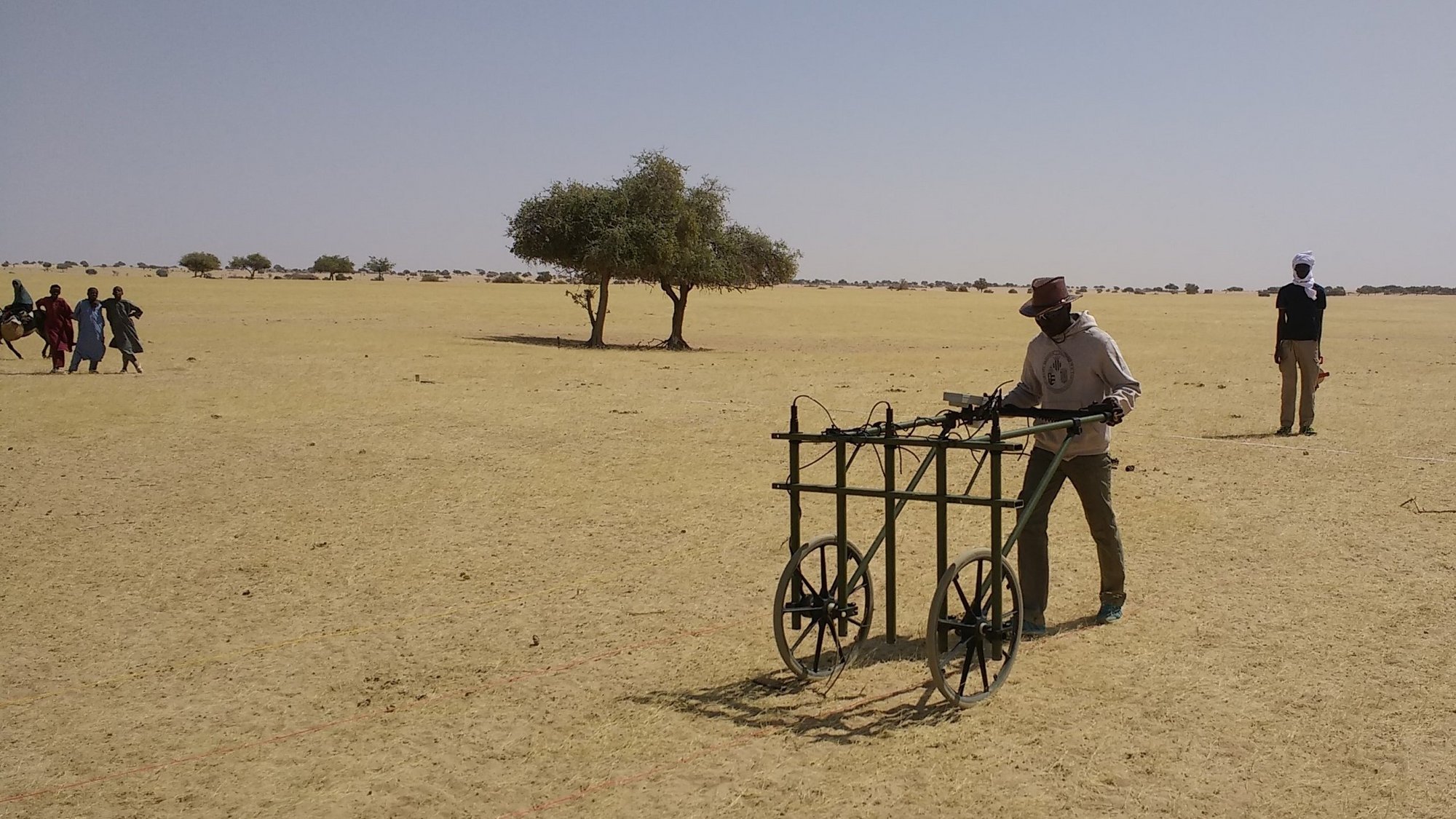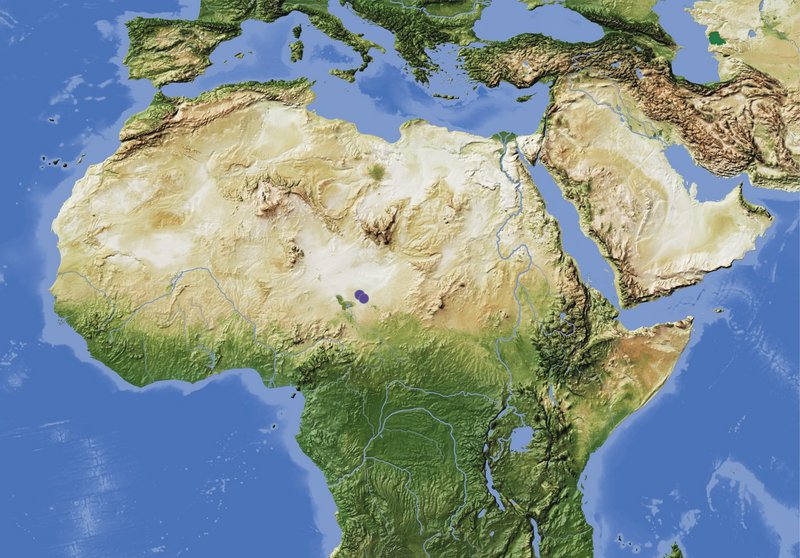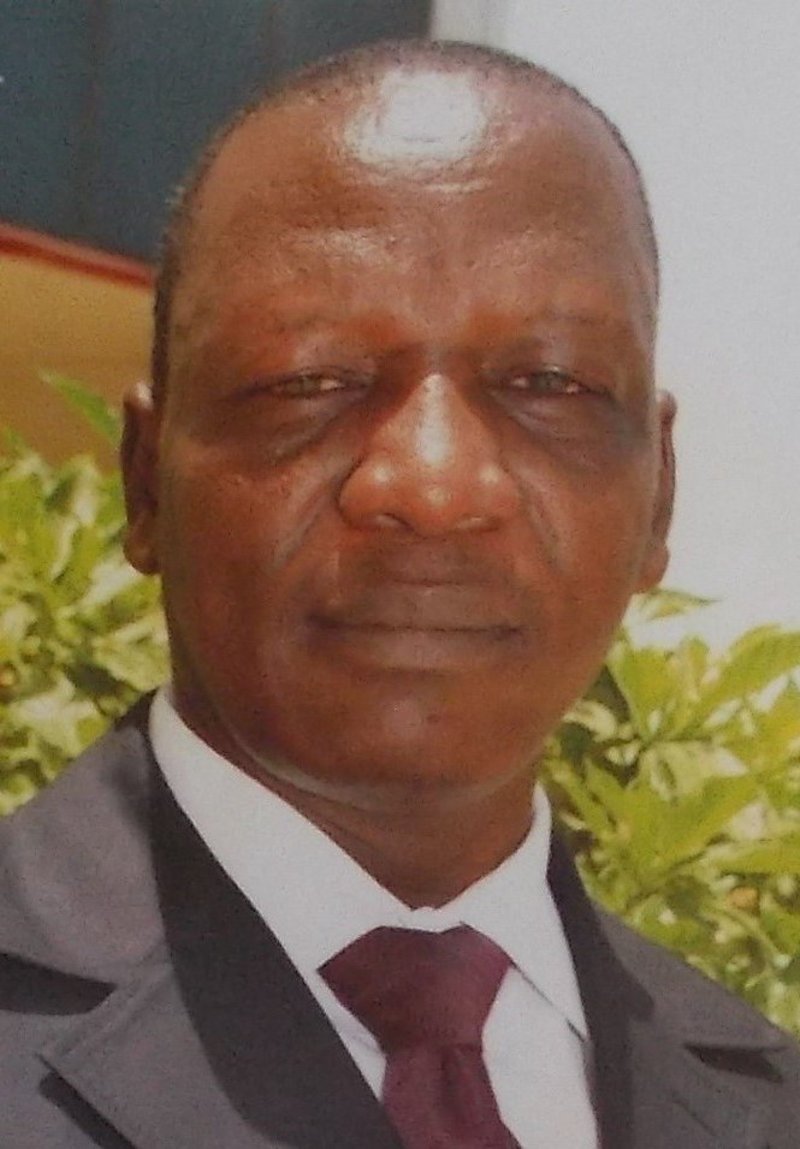Overview
The Lake Chad region was a major crossroads of unique historical, cultural and economic significance for Medieval and post-Medieval Africa. It was the core area of the Kanem-Borno Kingdom/Sultanate (ca. 8th-19th centuries AD), amongst other things known for its early trans-Saharan relations with North Africa. Central hypothesis of the present project proposal is that, in addition to its northern linkages, the Lake Chad region was also a key hub for yet undocumented Medieval trans-Sudanic connections, particularly between the Middle Nile Valley and West Africa.
With a view to address that suggestion, the very first archaeological investigations at Kanem-Borno fired-brick elite sites pre-dating the 15th century AD were conducted in the first project phase (2019-2021). That initial research has been furnishing preliminary evidence suggesting hitherto unknown contacts between Lake Chad and eastern and western African regions in the 12th to 14th centuries. Primary goal of the second project phase (2022-2024) is to expand that initial evidence, substantiating the view of the region as a trans-Sudanic commercial crossroads in the period between the 8th and the 14th centuries. That will be done in two different ways. First, by means of comparative analyses of excavated architectural and other material remains with respective instances from other African regions, especially Darfur, Kordofan, the Middle Nile Valley, Ethiopia as well as North and West Africa. Second, by investigating archaeological sites dated to the 8th-10th centuries, i.e., the period of Kanem-Borno emergence and early development. Taken as a whole, we expect that the project will generate unprecedented and objective information on Kanem-Borno’s early historical connections, thus contributing to a broader understanding of Africa’s entangled past in Medieval times.





